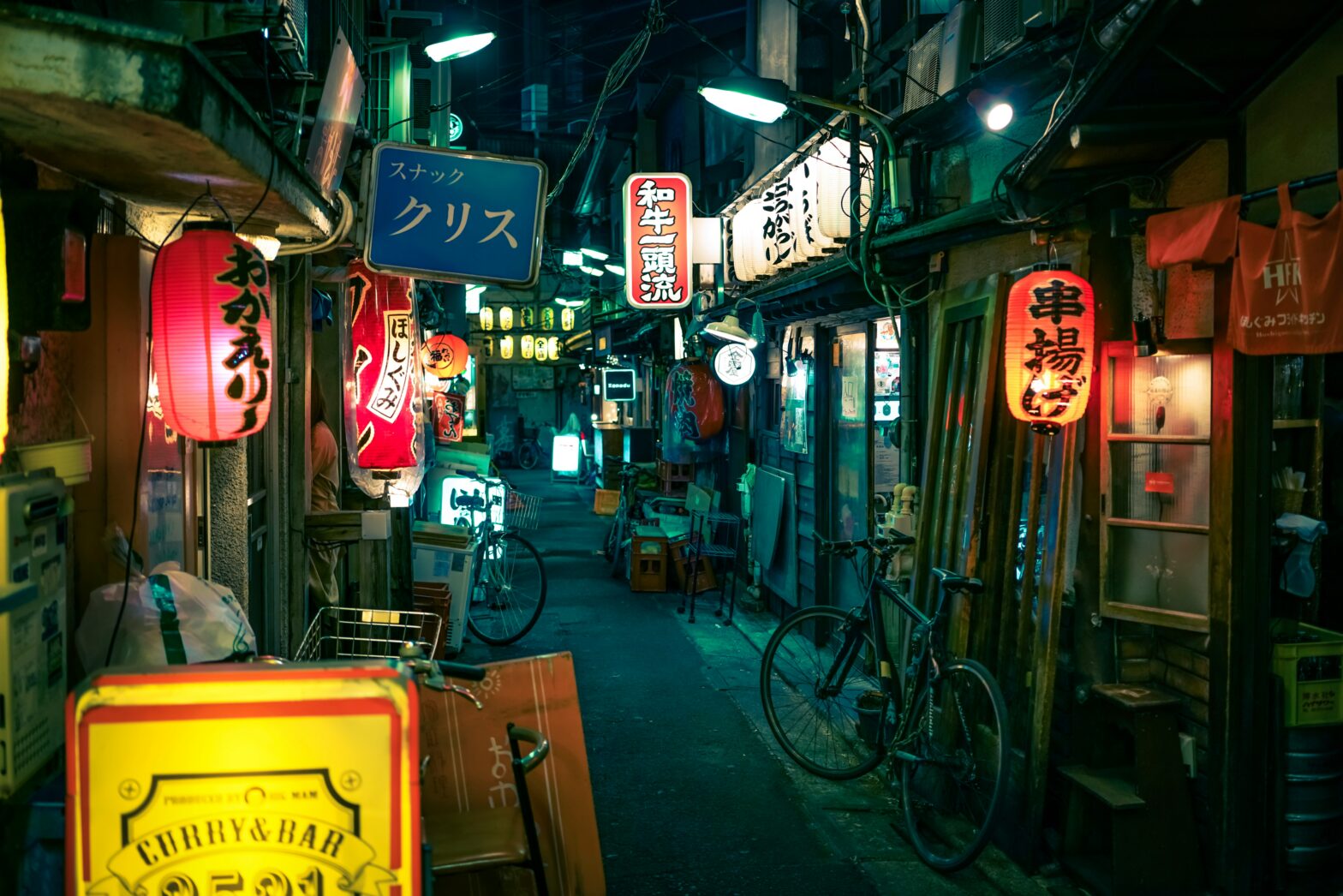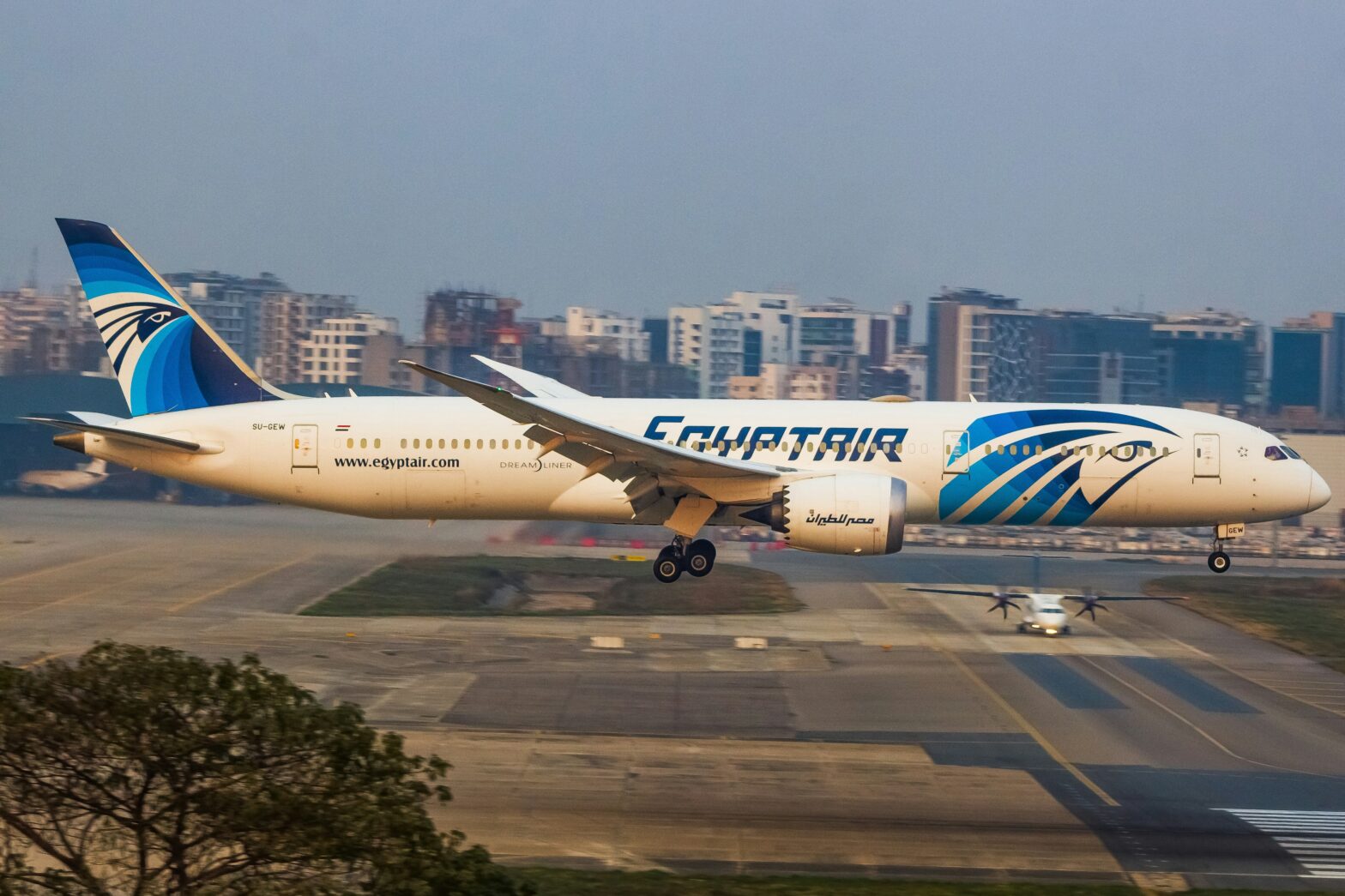Japan is a land of ancient temples, bustling cities, and natural beauty, and should be a bucket-list destination for many. Before the pandemic, Japan saw 30 million visitors every year, with those numbers expected to have peaked over 2024’s travel rush. At the moment, the yen is down, seeing almost three-month lows against the US dollar. These two factors combined mean that tourists are headed that way in droves.
However, the cost of travel to this island nation can sometimes seem daunting for the budget-conscious adventurer. Wondering when the cheapest time to fly to Japan is? This guide will help you uncover the best months, booking strategies, and insider tips to significantly reduce airfare costs by understanding Japan’s peak and off-season travel.

Peak Travel Season
According to data from Expedia, spring and summer are the most expensive times to travel to Japan.
The cherry blossom viewing season, which peaks in April but takes place in March through May, sees the highest travel to and in the country. According to a study by Kansai University (source link is in Japanese), roughly 63 million people travel to and within Japan just to view cherry blossoms as they begin to bloom. These flower viewings are referred to as 花み, pronounced “hanami.”
Witnessing the ephemeral beauty of the cherry blossoms is a must-do, but comes at a premium. The popularity of hanami translates to higher prices on flights and accommodation during this time. If saving money is your goal, this is a time to avoid or book well in advance. As well, different areas and prefectures have individual forecasted times for when their trees are flowering, and when they’re in full bloom, making your booking a bit more tricky. The Japanese Meteorological Corporation publishes findings on when these blooming times are depending on where in Japan you plan to travel. Climate change is having a significant impact on when the trees are blooming; plan accordingly.
Summer in Japan coincides with school holidays and popular festivals like Tanabata and Obon in July and August, plus high travel to beaches in locations like Okinawa, which leads to a surge in domestic and international travel. With demand peaking, airfares soar, and securing affordable tickets or accommodations can be challenging. Unless you have a specific summer event in mind, you’ll likely save money by planning your trip outside this busy period.
Shoulder Season for Japan Travel
As with many travel destinations, the cheapest time to fly to Japan is during its shoulder season. Shoulder season in Japan runs from late April to early June, and again in September to November.
During the peak season, accommodations, especially in hotspots like Tokyo, are going to be trickier to get. In the off-season, however, you’ll enjoy perfectly pleasant weather with fewer crowds and room rates that have relaxed significantly. Tourism thins out after the cherry blossom rush and during the June rainy season. This period strikes a balance between enjoyable travel experiences and lower airfare costs, making it a cost-effective choice.
Autumn in Japan, meanwhile, is not only a cheap time to fly, but one of the prettiest, especially in Kyoto. Stunning autumn colors of red and gold flourish while temperatures are still comfortable. These months often offer a sweet spot for budget-conscious travelers, with more affordable flights and accommodations available.
Off-Season Travel to Japan
: While some may shy away from the cold, winter offers the chance to experience Japan’s unique winter festivals and snow-capped landscapes. Airfares and accommodations are often more affordable during this quieter travel period, making it a smart choice for cost-conscious adventurers. Explore Japan at a fraction of the peak season cost.
Keep in mind, however, that travel can pick up during the New Year holidays – December 29th to January 3rd. Otherwise, winter and the earliest parts of spring are great for inexpensive airfaire. Visit an onsen, attend a festival, or go skiing and hiking in Hokkaido – stopping for some of the area’s famous beer on the way.
Tips for Finding Cheap Flights to Japan:
Be Flexible with Your Travel Dates: Shifting your travel dates by even a few days can significantly impact the price. Consider traveling during the week instead of weekends.
Utilize Flight Comparison Websites: Utilize tools like Google Flights, Skyscanner, and Kayak to compare prices from various airlines and travel agencies.
Consider Budget Airlines: Explore options with budget airlines like Japan Airlines (JAL) and All Nippon Airways (ANA) for potentially lower fares.
Look for Flight Sales and Promotions: Sign up for email alerts from airlines and travel websites to be notified of special deals and last-minute offers.
Consider Connecting Flights: Direct flights are often more expensive. Exploring connecting flights with layovers in other Asian cities can sometimes save you money.
Top Airlines for Budget Flights to Japan
Low-Cost Carriers: Airlines like AirAsia X and Scoot often have promotions for Japan-bound travelers.
Major Airlines: Keep an eye on sales from Japan Airlines, ANA, and Delta for competitive prices on direct routes.
Beyond Airfare: Saving Money on Your Japan Trip
Finding the cheapest time to fly to Japan isn’t the only way to save money on your next trip.
To keep costs of accommotation low, consider staying in hostels, guesthouses, or Airbnb rentals for more budget-friendly options. Explore areas outside of major tourist centers for more affordable accommodation. When it’s time to eat, embrace local cuisine by dining at small, family-run restaurants and trying street food. Utilize convenience stores (conbini) for affordable snacks and drinks – 711 in Japan is famous for its impressive selection when compared to its US counterpart, and there are hundreds of unique vending machines selling everything from snacks to hot foods. Just remember to carry cash as you travel.
For getting around, Japan has an excellent public transportation system, including trains and buses. Consider purchasing a Japan Rail Pass if you plan on extensive travel within the country. If you’re headed from one end of the country to the other, why not book a night on a ferry for a fun experience that won’t break the bank?





